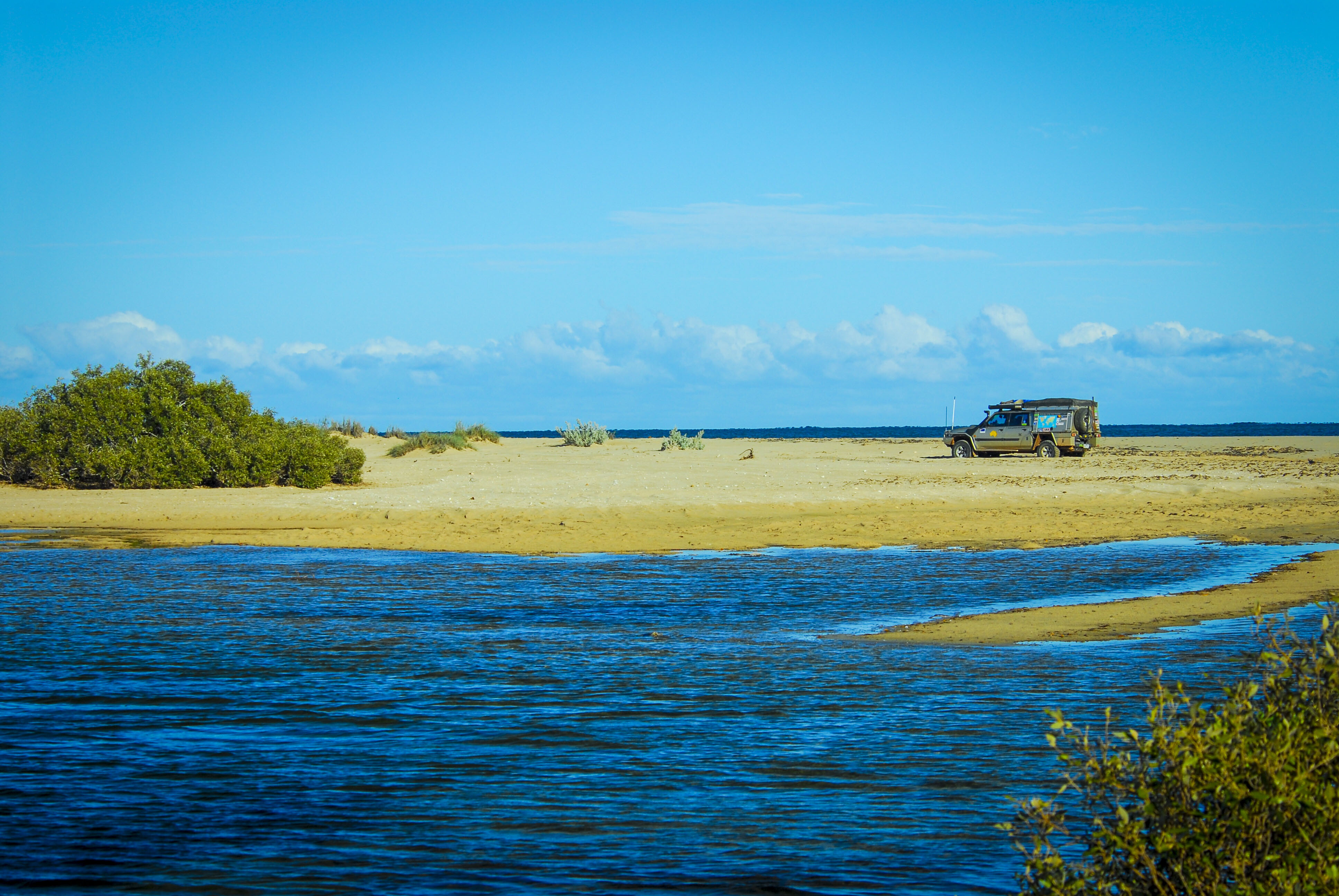Western Australia’s Turquoise Coast, stretching from Guilderton to Leeman, has long been a favourite among the 4WD, fishing and off-grid camping community.
However, increased visitor numbers and vehicle traffic is placing mounting pressure on the coastal environment and prompted local authorities to take action before long-term access is jeopardised.
The shires of Dandaragan, Coorow and Gingin have released a Coastal Recreation Track Management Master Plan, designed to preserve public access while addressing the growing environmental impact. Rather than restricting access altogether, the plan aims to manage and protect the existing network of tracks. It proposes the closure and rehabilitation of informal and duplicated routes that are contributing to dune degradation, while guiding vehicles onto a more sustainable set of designated paths. Improvements to signage, clearer boundaries, and targeted public education are also key components of the strategy.
Key destinations such as Sandy Cape, Cervantes, Green Head and the Moore River mouth are among the areas under review. These locations are not only popular with locals but play an important role in Western Australia’s off-road tourism economy, making their long-term accessibility a priority.
The draft plan is now open for public consultation, with feedback accepted until 4:00pm on Thursday, May 15, 2025. Interested parties are encouraged to view the proposal and submit comments via the Shire of Dandaragan website at www.dandaragan.wa.gov.au.
Following the consultation period, the final version of the plan will be implemented in stages. This may include track upgrades, managed closure, and restoration efforts supported by local volunteers and community groups. If successful, this approach could serve as a model for responsible off-road access across other parts of the state and beyond.
This plan presents a valuable opportunity to safeguard this iconic coastline, for the benefit of current users and future generations alike. And importantly, local four-wheel drivers, tourism operators, traditional owners and land managers have all contributed to shaping the proposal.
We recommend
-
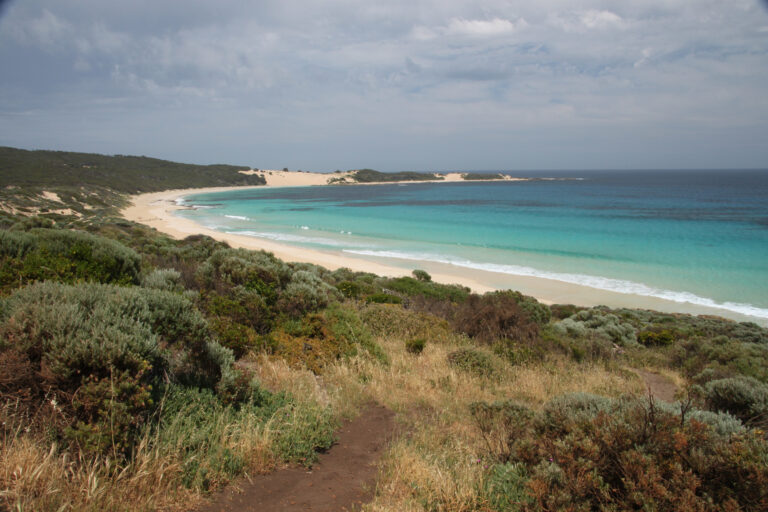 Explore WA
Explore WAPerth Escapes: Leeuwin-Naturaliste National Park
This national park is a gigantic playground for all ages and interests
-
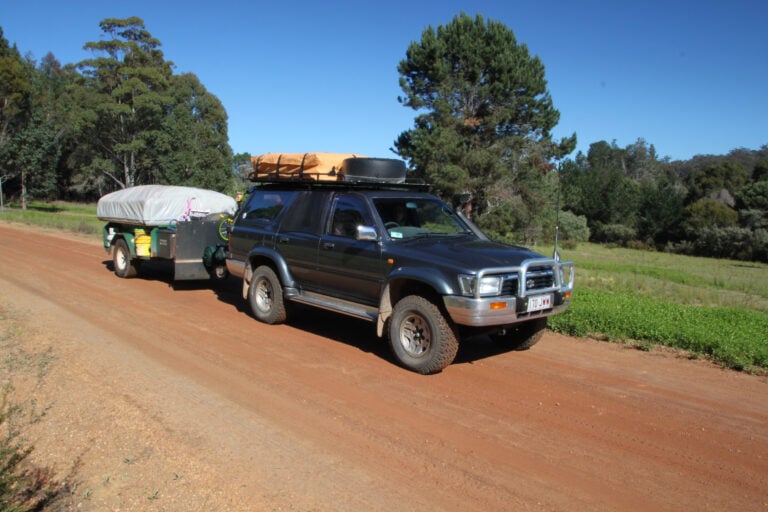 Explore WA
Explore WAPerth Escapes: Shannon National Park
Formerly a logging area, 'The Shannon' has retained much of its natural beauty
-
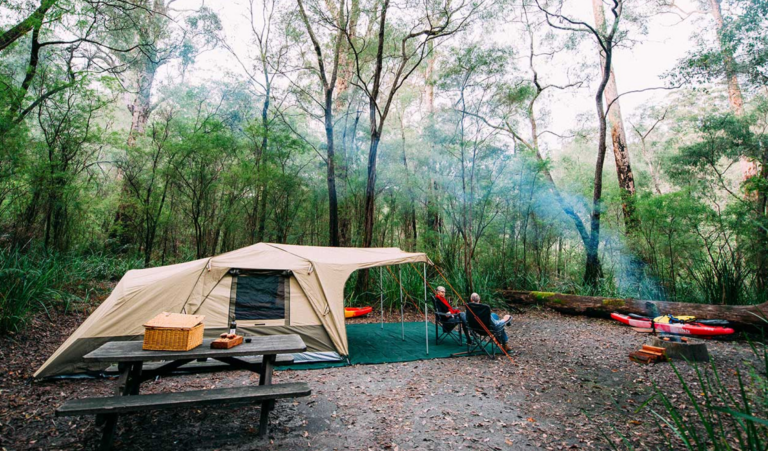 Explore WA
Explore WAPerth Escapes: Walyunga National Park
Day-tripper's paradise is just a stone's throw away from Perth
-
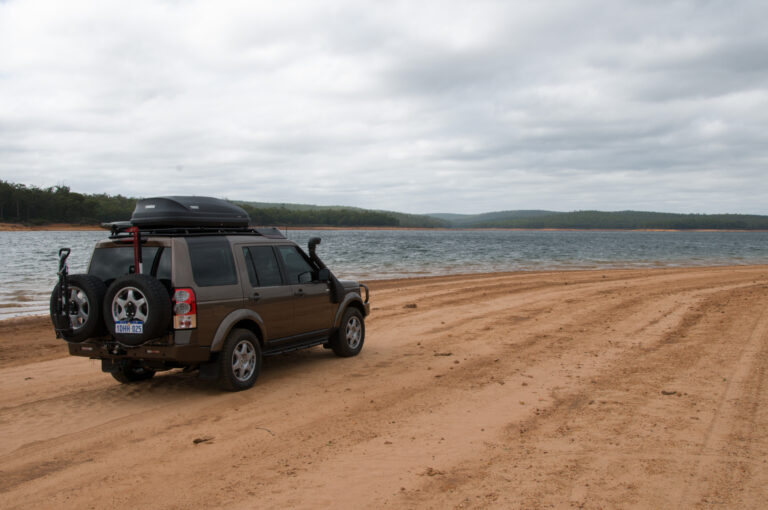 Explore WA
Explore WAPerth Escapes: Wellington National Park
Walking, fishing, biking and even climbing. You name it, Wellington NP has it
-
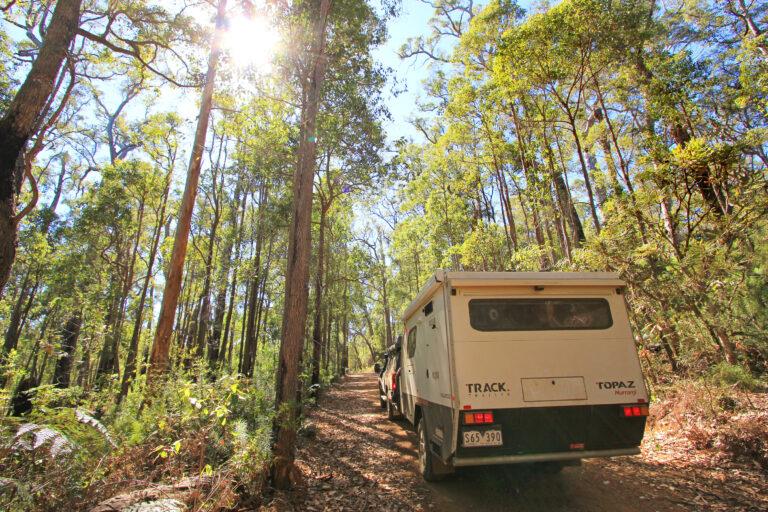 Explore WA
Explore WAPerth Escapes: Warren National Park
Perth feels like a world away from the eastern states, but the journey west is worthwhile for remote-area travellers

